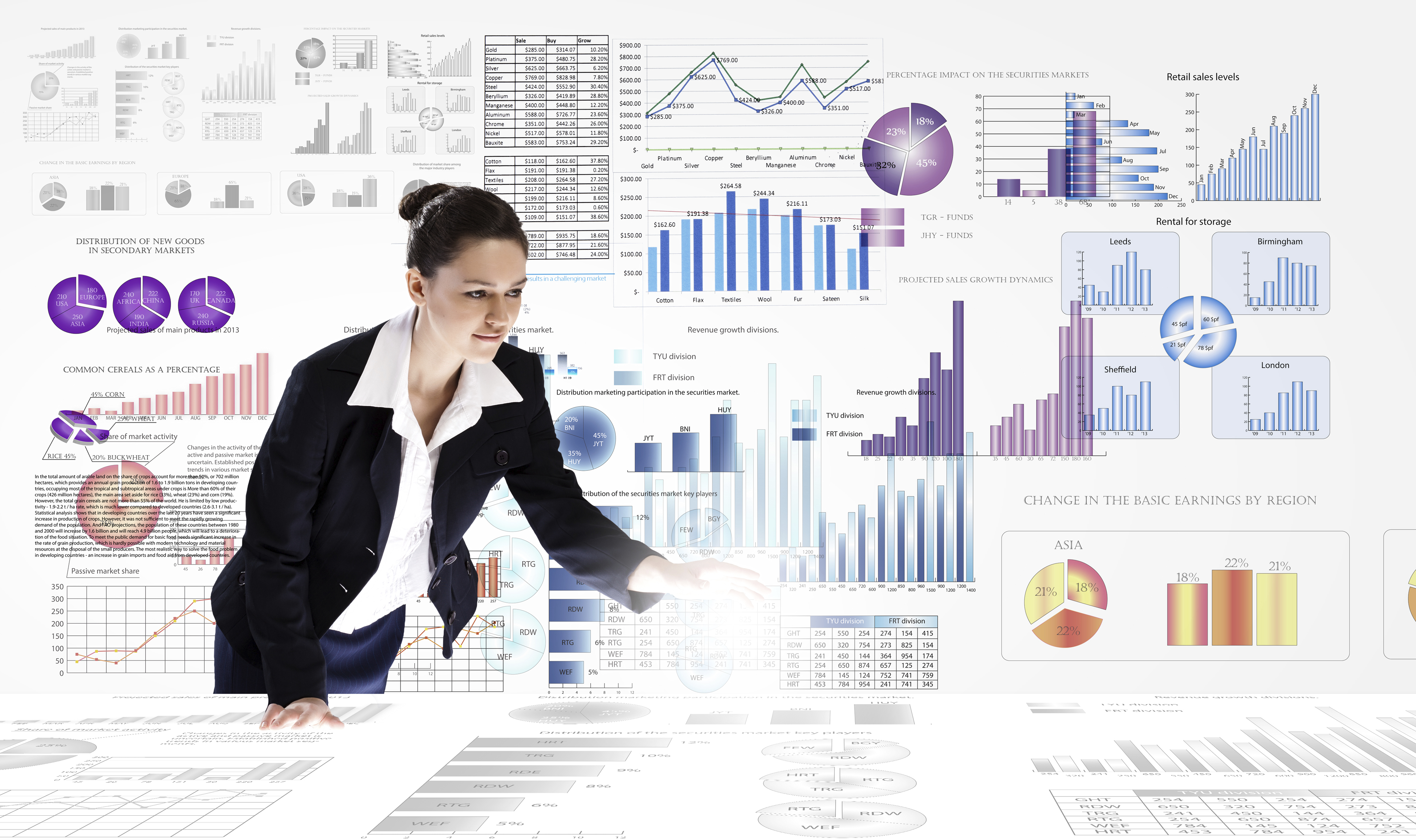 |
Manufacturing & ResourcesDiscrete Manufacturing Article |
|
| Article: Putting IoT into practice in manufacturing
By Sanjay Ravi from OnWindows
Microsoft’s Sanjay Ravi explains how manufacturing companies are unlocking business value and driving transformation with the internet of things.
Across the globe every day, businesses are connecting their things and harnessing their data to create powerful new business value. Connecting devices to IT systems is only the first step. The real value lies in the data that is created by and transmitted from those devices as they interact with other devices and human beings, and the compelling business insights and new business models that this data can enable. Together, this is what the internet of things (IoT) is all about. According to IDC, the potential market size of IoT will be US$7.3 trillion by 2017. During that same timeframe, manufacturing companies that take advantage of their data have the potential to raise an additional US$371 billion in revenue over companies that don’t. To achieve these gains, there are four key areas where IoT can unlock the most business value and new revenue growth opportunities for manufacturers: connected marketing, sales and service, connected devices, connected operations and connected product innovation. In a connected world, marketers, sales reps, and service reps need to collaborate over a single and comprehensive source of customer information to provide unprecedented service. By tapping into the IoT, you can not only achieve a 360-degree view of your customers, but dig deep into what your customers respond to and the experiences they are seeking. With advanced analytics, manufacturers can give customers what they want, before they even know they want it. Gathering richer data from customers also helps identify the most potentially lucrative new markets for your products. Devices, meanwhile, have the potential to say a lot, but only if there’s someone, or something, on the other end to engage, react and listen. Smart connected products like a smart TV, wearable device or smart appliances can fundamentally change how manufacturers design, deliver and service products—all focused on an ability to deliver context-specific rich consumer experiences and services. From sensors to handheld scanners to autonomous vehicles, the devices in your business can also create efficiency and insight if you enable them to talk to each other, your employees and your customers. Similar results can be achieved by connecting the manufacturing systems, devices and people that drive your operations. Automating production processes frees up workers to meet increased demand without sacrificing quality. A more nuanced and detailed view of your production data helps you shift your focus from repairing machines to fine-tuning their performance over the long term. Simplifying the way your machines work together makes it easier to bring new plants online in emerging markets. You also stand to gain new opportunities for revenue growth through services, enabling trading partners to monitor devices from remote locations to proactively offer new services such as condition-based maintenance that enhances equipment performance. IoT can also help deliver innovative products that customers want, faster. A connected product development solution will help you design, develop and improve products using technology to collaborate and create content based on information, analytics, and insights from customer interactions, product performance, and social networks, with real-time availability to accelerate innovation. Take Surface, for instance. When people sign up for the experience program, Microsoft engineers get anonymous information on product usage, like when a keyboard is used versus a pen on the tablet. This insight helps manufacturers like Microsoft fine-tune information to design the next product. We already have a number of great examples of how manufacturers and partners in the industry are putting IoT into practice to drive business value and excite customers. Take the work Samsung Electronics is doing. By using Microsoft’s Azure cloud platform, which powers connectivity, data analysis and content delivery capabilities, the company is able to offer a variety of additional content and services to customers through its Smart TV platform and app store. In the automotive sector, Qoros is developing connected car infotainment services using Microsoft Azure. Called QorosQloud, the services will span entertainment, navigation, communication and vehicle monitoring functions, accessed by the vehicle occupants through an eight-inch infotainment touch screen. Delphi is also an innovator in connected infotainment systems. Using Microsoft Azure, it has developed a unique global connectivity solution that allows drivers to interact with their vehicles from wherever they are, personalize the in-vehicle experience by downloading apps, access internet radio, understand service needs before hitting the road, customize the instrument panel and more. Another really innovative company in this space is Toyota. About three years ago, the car manufacturer decided to use Microsoft Azure for its telematics platform for Toyota plug-in hybrid and fully-electric vehicles. By using Azure’s enterprise-grade, scalable platform, Telematics is able to deliver everything from digital entertainment to driving information like GPS and traffic updates to energy management and other data-driven services in a vehicle. We showcased these scenarios and much more at the Hannover Messe event in Germany. Visit our blog to read more.
OnWindows.com is a third party publication providing news and industry thought leadership on Microsoft and partner technology in the enterprise. Microsoft has rights to reuse this article in MS-owned and third party publications and digital destinations. To do so, please state the author (at the top of the document) and OnWindows when republishing.
The OnWindows site and quarterly publication provide a wealth of information about how Microsoft and its partners are helping businesses in the financial services, communications and media, manufacturing and resources, retail consumer products and services, and public sectors. |
||

